How expensive can a cup of Jamaican Blue Mountain Coffee beans cost? what's the difference in hand-brewing of Jamaica No.1 coffee?
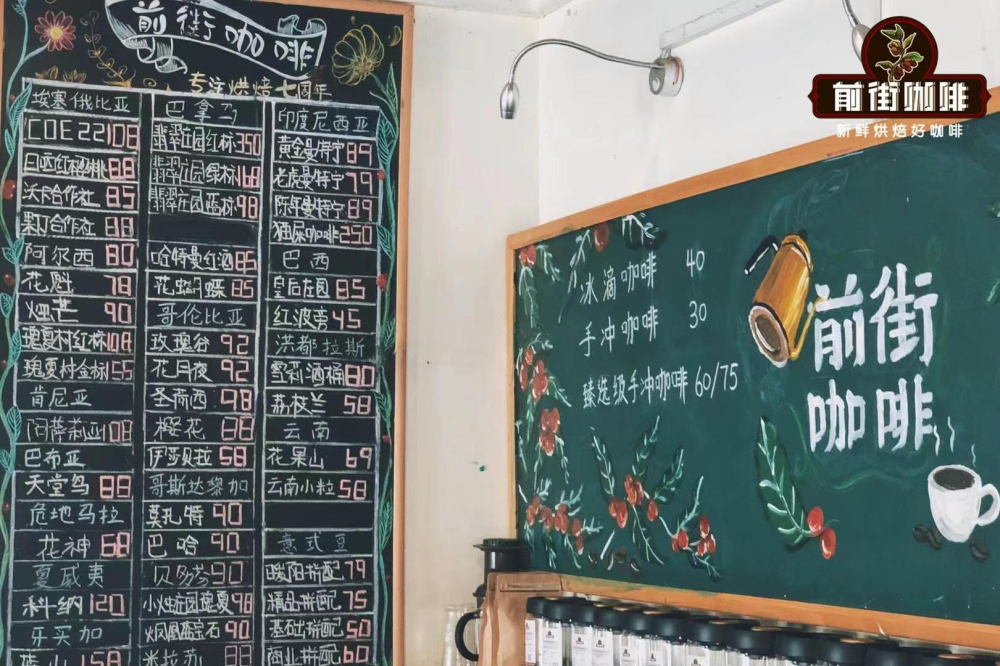
Many friends have only heard the name of Blue Mountain Coffee, but because of the high price, they haven't really drunk a cup, but they are very curious about the taste of Blue Mountain Coffee. Front Street here to talk about how Jamaica Blue Mountain Coffee has become so expensive.
Jamaica Coffee History
Jamaica is a small island country in the Caribbean Sea region. The first coffee sapling was brought back from Martinique by Sir Nicholas Lawes in 1728. Until today, Jamaica has been growing coffee for nearly 300 years. The first plant landed in St Andrew and gradually spread to the Blue Mountains. The Blue Mountains, with its high elevation of the highest peaks in the Caribbean Sea and its rugged terrain, form a diverse microclimate. Foggy, rainy, cool, and fertile soil with volcanic ash provide an ideal place for crops, and we can notice that the locals mix coffee trees with banana trees.
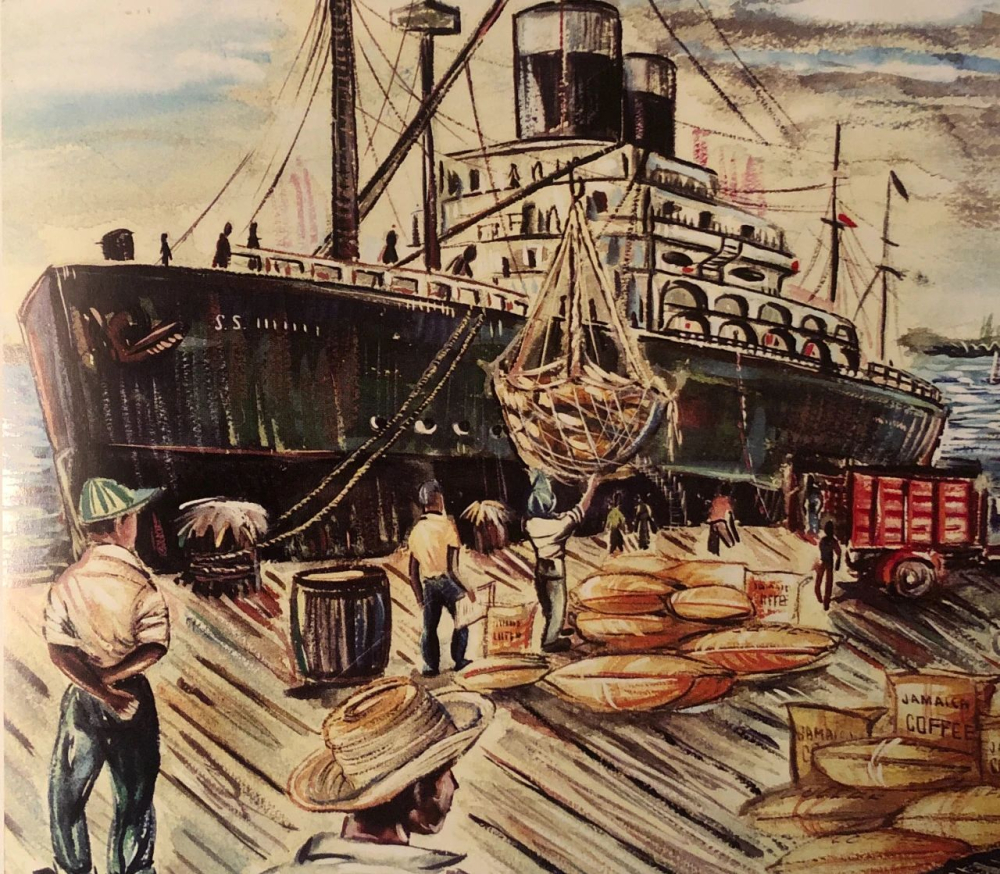
By the late 18th century, there were more than 600 coffee farms throughout Jamaica, and annual coffee production reached 15000 tons in 1814. After slavery was abolished, the coffee industry declined rapidly, many plantations were abandoned, and production was greatly reduced. In order to revive the coffee industry, the government of Jamaica passed legislation in 1891 to dispatch and guide Blue Mountain growers in planting, management and green bean treatment to improve coffee production. Production increased and quality was assured. In 1950, the government formally established the Jamaica Coffee Industry Board (CIB), vested with the right to improve and control the quality of coffee exported from Jamaica. Thanks to CIB's strict management, coffee from Blue Mountain is regarded as one of the world's top coffees.
Until the 1960s, Jamaica coffee beans were popular and expensive throughout the boutique market. Jamaica was badly affected by a hurricane in 1969, and many industries were in trouble, including the coffee industry. At this time, UCC in Japan helped finance the coffee industry in Jamaica and introduced scientific ecological farming methods. Jamaica's government has signed a 30-year contract with Japan, promising to supply 80% of its high-quality Blue Mountain coffee quota to Japan and the remaining 10% to European and American countries.
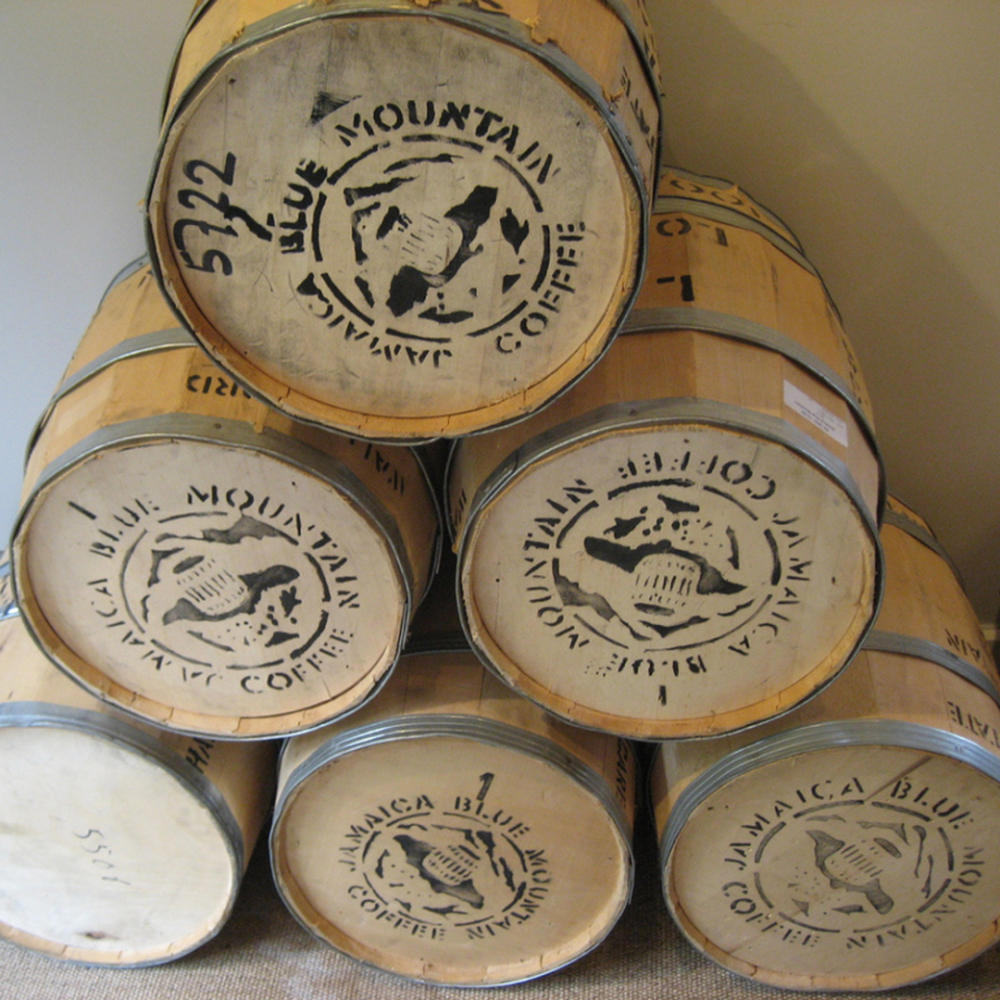
During this period, Blue Mountain Coffee has not been completely consumed in Japan's domestic market. They will sell part of Blue Mountain Coffee to other Asian countries and regions at high prices. With the Japanese's increased publicity efforts, many coffee people in neighboring countries have also begun to pursue Blue Mountain Coffee, such as Singapore, South Korea, China Taiwan and China Hong Kong. Since 2000, the "Blue Mountain craze" has gradually spread to China, which has also led to the phenomenon that Blue Mountain Coffee is difficult to find at high prices.
During the global economic crisis of 2008, Jamaica tried to sell Blue Mountain coffee to more countries, just as its agreement with Japan expired and more quotas of Blue Mountain coffee were distributed to other countries. According to media reports, when Hangzhou City Coffee Western Food Industry Association was invited to visit Jamaica in 2010, we signed a letter of intent for cooperation as the sole general agent of Blue Mountain Coffee Green Beans in China. In 2011, we officially purchased the first batch of Blue Mountain Coffee Beans directly from Jamaica to the Chinese mainland market.
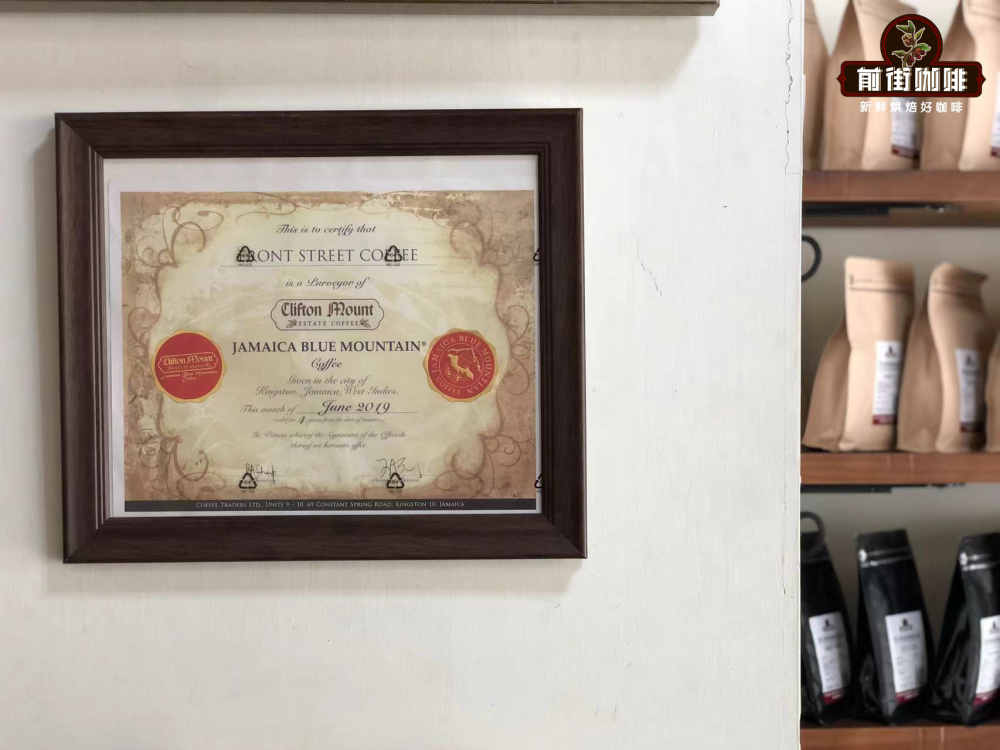
With the expansion of coffee market demand in China, many merchants in China have been able to import Blue Mountain coffee beans directly from Jamaica. It no longer needs a sky-high price to be affordable. For example, Blue Mountain No.1 coffee beans on the front street cost 158 yuan/100 grams per pack, while Blue Mountain hand-washing in stores costs 60 yuan/cup.
Top Jamaica Blue Mountain Coffee
The Blue Mountain coffee purchased by Front Street is the highest grade Blue Mountain No.1 coffee, which is collected from 910 meters to 1700 meters of specific height iron card coffee trees in the historic Clifton Manor area. Raw beans need to meet the specifications of more than 17 mesh, the proportion of defective beans should not exceed 2%, the moisture content is about 10-12.5%, and the cup test has the right acid, sweet, bitter, alcohol and fragrance.
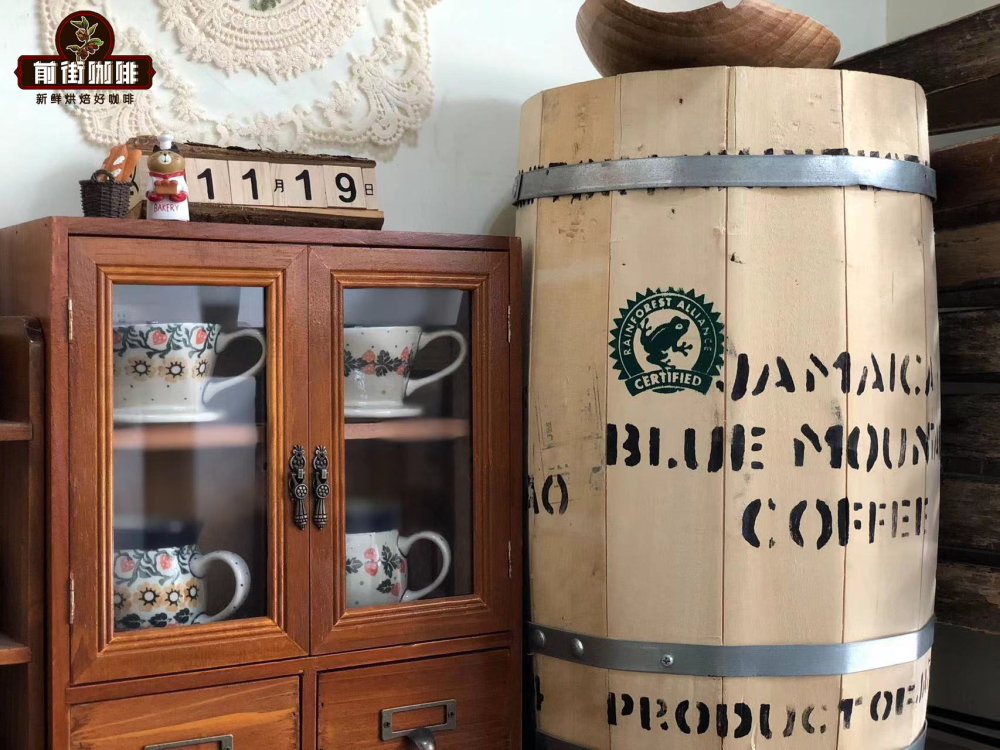
The Front Street store also houses certified Clifton Manor certificates of origin and handmade barrels used to transport Blue Mountain coffee. Unlike other countries, Blue Mountain Coffee is the only coffee growing region in which all coffee is served in casks, the rest are served in sacks. The advantage of oak barrels is to absorb and release internal and external humidity, and isolate the aroma of coffee from outflow, so that coffee beans maintain a more stable moisture content, so that roasting is more stable. The Rainforest Frog logo on the barrel means Clifton Manor meets Sustainable Agriculture System Standards, certified by Rainforest Alliance.
The so-called classic blue mountain flavor, with rich chocolate, baked nuts and other aromas, soft acid and mellow taste. To restore the classic flavor, the front street baker chooses medium depth baking to highlight the baking aroma while retaining some acidity. Through the cup test, Qianjie tasted that Blue Mountain No.1 had balanced tastes such as sour, sweet, fragrant, bitter and alcohol, so Qianjie baristas also formulated corresponding brewing ideas according to this flavor trend.
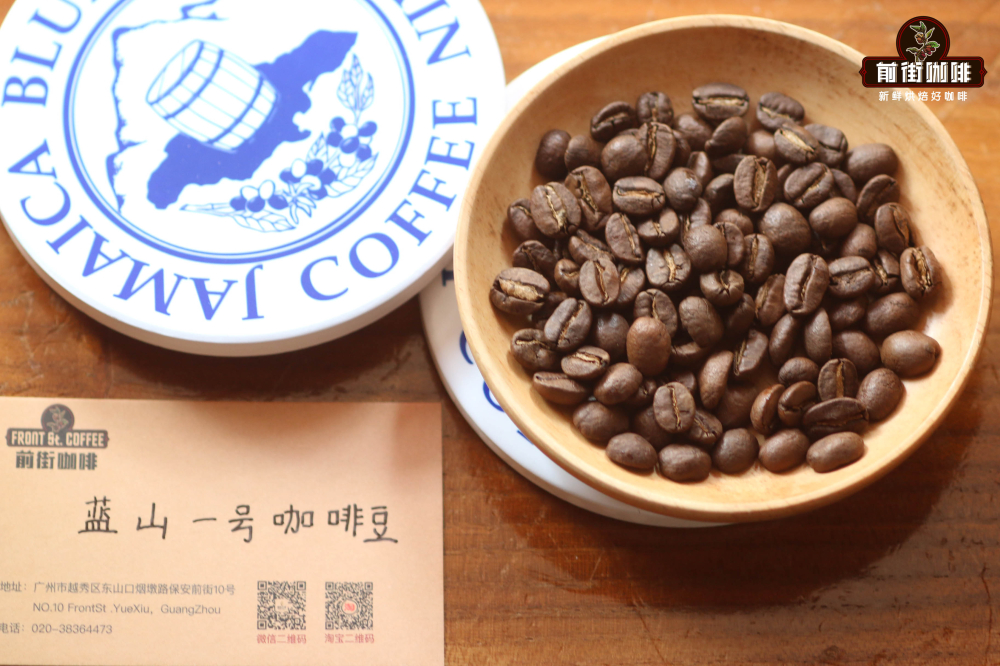
Before brewing, Qianjie recommends using freshly roasted coffee beans, especially fine beans such as Blue Mountain No.1 Coffee. Freshness largely determines the fullness of brewing flavor. Therefore, the beans delivered from the front street are freshly baked within 5 days, so that each guest receives the best flavor period, and I hope everyone can drink it during the best taste period, so as not to waste precious Blue Mountain coffee beans.
Front Street usually uses KONO filter cups when brewing coffee beans with bitter notes, in order to highlight the mellow taste of coffee. The upper part of KONO filter cup fits the filter paper better. Compared with v60 filter cup, the method of extracting coffee is mainly immersion extraction, which improves the overall concentration of coffee to increase the mellow degree of coffee. Similarly, KONO filter cups are also suitable for brewing coffee beans from the Brazilian Queen Estate and Gold Mandrine.
The parameters for brewing Blue Mountain No.1 in Qianjie Store are: KONO filter cup, 88 ℃ water temperature, 1:15 powder-water ratio, 15g coffee powder, grinding degree (75% through No.20 standard sieve), three-stage extraction.
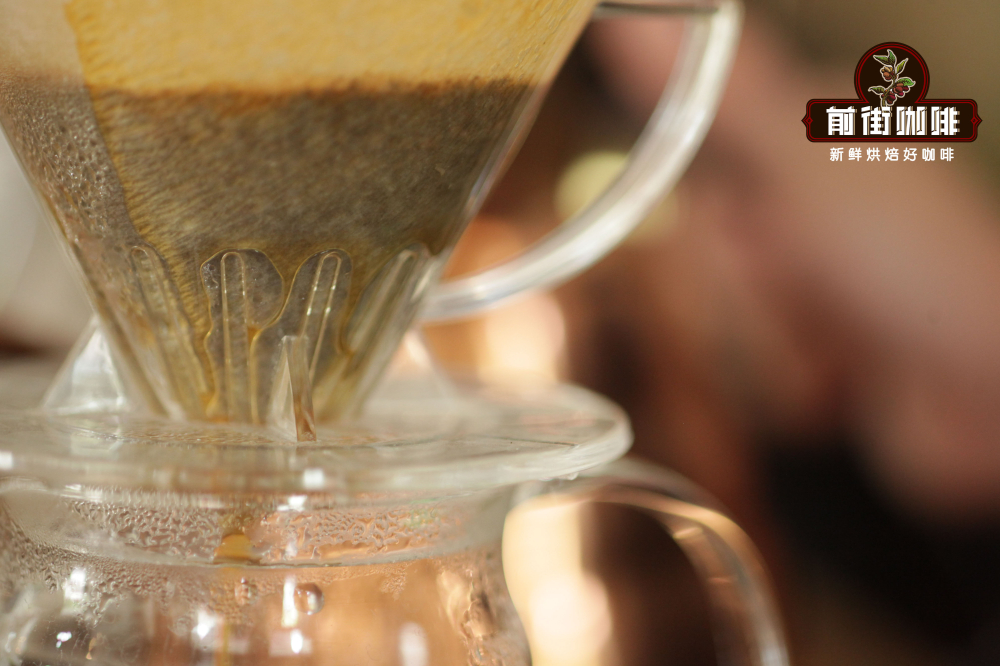
Here in the front street, wet the KONO filter cup first, and then align it into the filter paper, which can fit better with the filter cup. Pour out the water in the sharing pot and put in 15g coffee powder, steam with 30g water for 30s, then start to fill the water with small water flow in the center circle until 125g, and then inject the coffee powder layer into the second section in the same way until 225g. After all the filtration is completed, the filter cup can be removed.
Blue Mountain No. 1 coffee has the sweet aroma of dark chocolate, caramel sweetness, soft and elegant acidity, each taste balanced, smooth and mellow taste, has a very typical blue mountain flavor.
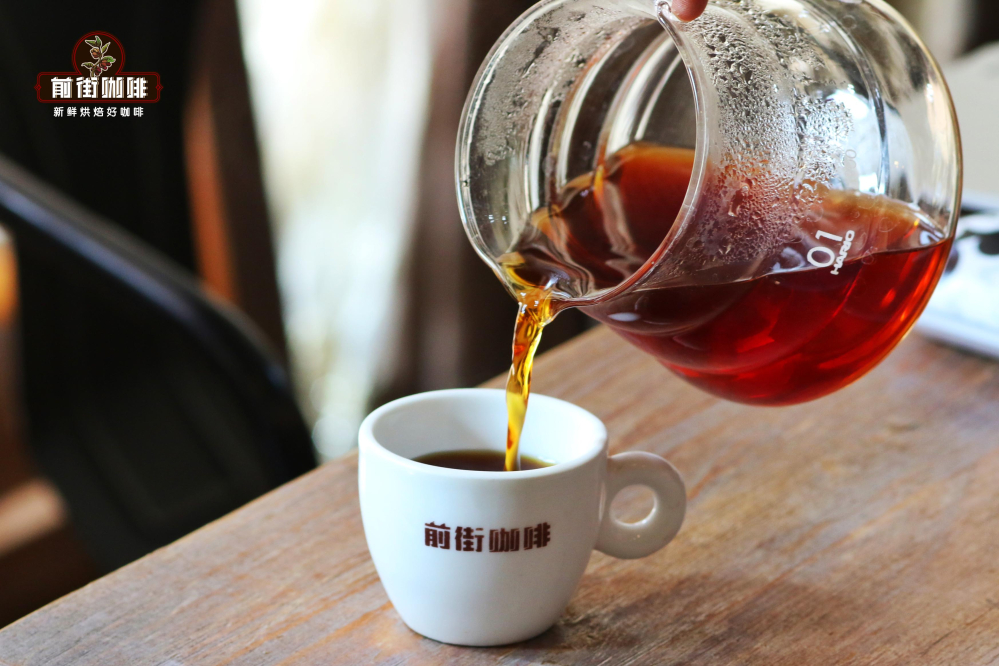
Professional coffee knowledge exchange More coffee bean information Please pay attention to coffee workshop (Weixin Official Accounts cafe_style)
More fine coffee beans, please add private WeChat Qianjie Coffee, WeChat: qjcoffeex
Important Notice :
前街咖啡 FrontStreet Coffee has moved to new addredd:
FrontStreet Coffee Address: 315,Donghua East Road,GuangZhou
Tel:020 38364473
- Prev
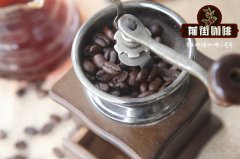
Red Cherry Plan Coffee beans | 2019 seasonal Yega Chuefei Red Cherry Plan Coffee Flavor
Professional coffee knowledge exchange more coffee bean information please follow the coffee workshop (Wechat official account cafe_style) what is the red cherry project? The Red Cherry Project (Operation Cherry Red Project) is a project aimed at improving the quality and value of raw beans of Ethiopian coffee. Since 2007, it has been launched by Dutch trader Trabocca and local farmers.
- Next
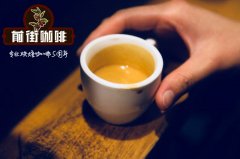
What is Art Mountain, Jamaican Blue Mountain Coffee, does Jamaican Coffee rank first in Coffee
Professional coffee knowledge exchange more coffee bean information please follow the coffee workshop (Wechat official account cafe_style) Jamaican coffee beans have a long history. In 1728 the then British Governor Nicholas Lowe Sir Nicholas Lawes imported coffee from French Martinique Island to Jamaica. As the local climate is very suitable for growing coffee beans, he bought it nine years after the introduction.
Related
- Detailed explanation of Jadeite planting Land in Panamanian Jadeite Manor introduction to the grading system of Jadeite competitive bidding, Red bid, Green bid and Rose Summer
- Story of Coffee planting in Brenka region of Costa Rica Stonehenge Manor anaerobic heavy honey treatment of flavor mouth
- What's on the barrel of Blue Mountain Coffee beans?
- Can American coffee also pull flowers? How to use hot American style to pull out a good-looking pattern?
- Can you make a cold extract with coffee beans? What is the right proportion for cold-extracted coffee formula?
- Indonesian PWN Gold Mandrine Coffee Origin Features Flavor How to Chong? Mandolin coffee is American.
- A brief introduction to the flavor characteristics of Brazilian yellow bourbon coffee beans
- What is the effect of different water quality on the flavor of cold-extracted coffee? What kind of water is best for brewing coffee?
- Why do you think of Rose Summer whenever you mention Panamanian coffee?
- Introduction to the characteristics of authentic blue mountain coffee bean producing areas? What is the CIB Coffee Authority in Jamaica?

